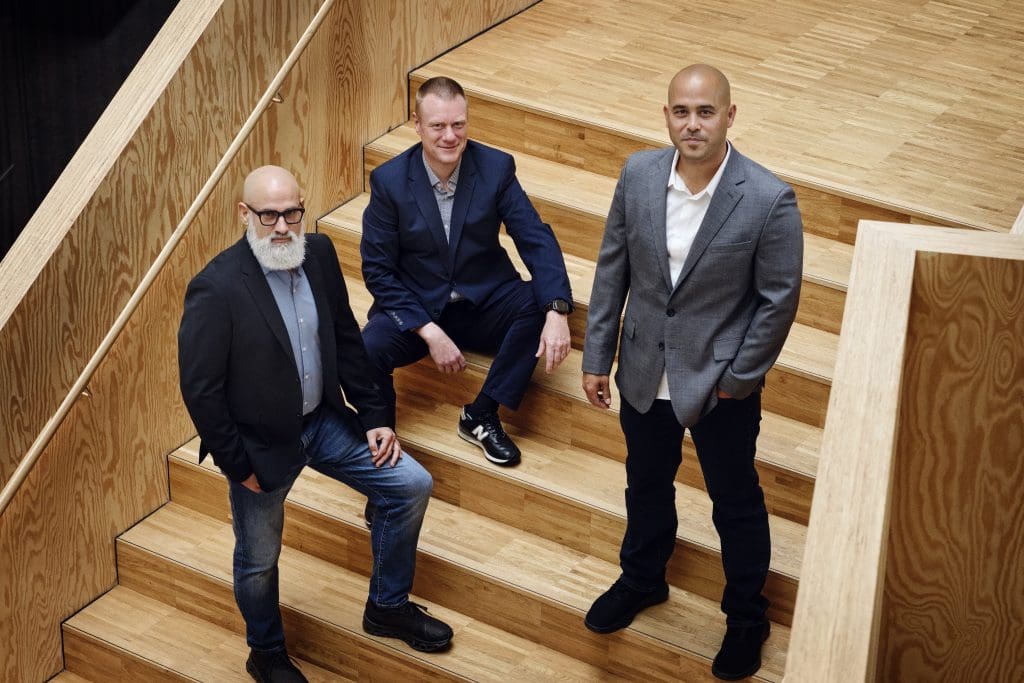Quantum technology has long been a frontier of scientific ambition and commercial uncertainty. Yet the recent announcement that 55 North has closed its first round of a €300 million fund signals a turning point. The capital is the largest dedicated to quantum ventures in Europe, and it is earmarked for companies that are moving from laboratory prototypes to real‑world applications. For investors, it offers a foothold in a field that promises to reshape cryptography, materials science and optimisation. For the companies that will receive the money, it is a vote of confidence that the long‑term payoff is worth the technical risk.
Building a Quantum Ecosystem
55 North’s strategy is not to bankroll a single breakthrough but to weave a network of complementary players. The fund will target hardware manufacturers that refine qubit coherence, software developers that turn quantum logic into user‑friendly tools, and services firms that offer cloud‑based access to experimental machines. By investing in early‑stage companies such as QunaSys, which specialises in quantum chemistry algorithms, and Rigetti, which builds integrated superconducting processors, the fund is creating a supply chain that mirrors the evolution of classical computing. The fund’s size also allows it to co‑invest with other venture capitalists, reducing risk and encouraging larger, more complex projects. This approach echoes the way semiconductor giants once pooled resources to bring silicon to mass production.
From Lab to Market
The companies that 55 North has already backed are already showing the first signs of commercial viability. IonQ, for example, has secured contracts with universities and defence research labs, demonstrating that ion‑trap technology can operate at scale. QunaSys has begun licensing its quantum‑enhanced molecular simulation platform to pharmaceutical firms looking to accelerate drug discovery. These examples illustrate that quantum technology is not confined to theoretical exercises; it is beginning to generate tangible revenue streams. 55 North’s fund will provide the working capital needed for these firms to expand their manufacturing footprints, hire specialised talent and navigate regulatory hurdles. In doing so, the fund is turning quantum research from a niche academic pursuit into a mainstream industrial sector.
Strategic Partnerships and Global Reach
The €300 million capital is not merely a sum of money; it is a signal to the global market that Europe is serious about competing in the quantum race. 55 North has already forged partnerships with national research agencies, such as the UK’s Quantum Technology Hub, and with private industry giants that require secure, post‑quantum encryption. These alliances create a pipeline of customers and collaborators that can accelerate product development. Moreover, the fund’s investors include sovereign wealth funds and multinational banks, ensuring that the capital is anchored in long‑term, risk‑adjusted returns. By positioning itself at the intersection of public policy, academia and industry, 55 North is carving out a role that can shape the direction of quantum technology worldwide.
The announcement of the first close of the €300 million fund marks a milestone for the quantum ecosystem. It demonstrates that investors are willing to commit substantial resources to a field that still faces technical hurdles, and it provides the financial muscle for companies to move from proof‑of‑concept to commercial viability. As quantum hardware matures and software frameworks become more robust, the companies nurtured by this fund will likely become the backbone of a new industry that could redefine computing, security and materials science. In a world where the pace of technological change is accelerating, 55 North’s bold investment may well be the catalyst that brings quantum computing out of the laboratory and into everyday life.
